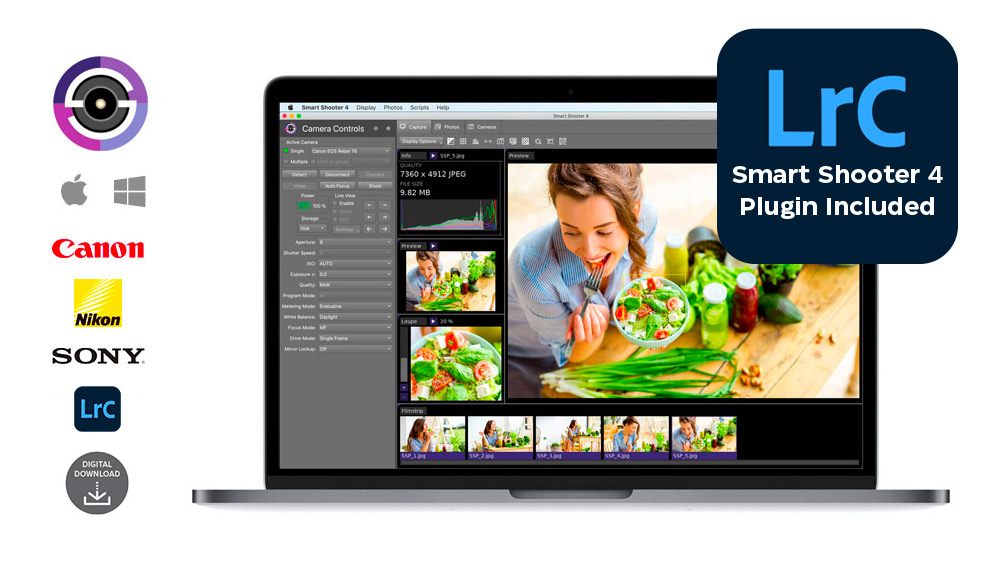

Remember, it’s this area resolution that first and foremost establishes the dimensions of the image, whether on screen or on paper.įrom there, it’s time to choose the compression, or what Nikon calls Fine, Normal or Basic settings.įine, as you may imagine, is the least compressed and highest quality. And, if I know I need to make big prints or significantly crop to make an image more of a close-up, I want all the resolution I can get, so I choose the Large resolution setting.
#Jpeg settings nikon scan 4 full
For images that will need to be cropped, or used full screen on higher-resolution displays, or printed at basic sizes, upgrading to Medium size, 4512×3008, is probably a good idea. That’s why the first setting I determine is resolution.įor most web use, Small is fine. When it comes to physical dimensions, whether virtual (on screen) or tangible (a print), it all starts with area resolution. But what if it’s to be displayed full screen on a 4K monitor or a 5K Retina display? In those cases, higher resolution may be necessary to ensure your image file contains enough pixels to fill the frame. Is it destined to live online only? In most cases, the smallest resolution (3008×2008) is more than enough for full-screen use on most displays. This is where I start, the foundation of my file size, based on what I want to do with the image file. Large, Medium and Small refer to the area resolution. If the resolution math works out, you’ll have no problems when it comes time to print or digitally display an image file.Ī Nikon D610, for example, offers nine JPEG settings-three each in Large, Medium or Small resolutions, with compression that’s Fine, Normal or Basic. Now there’s a lot of gray area when it comes to making quality prints from lower-resolution files. So a 24-megapixel image produces a full-resolution image file that will deliver a 13×20-inch print, no questions asked. (Multiply those numbers together, and you get 24,000,000, or 24 megapixels.) At 300 ppi, the commonly accepted standard for print resolution, the 6000 pixels translate to 20 inches wide, while the 4000 pixels work out to about 13 inches tall. That’s awfully low resolution by any measure.Ī 24-megapixel DSLR, however, produces a much higher-resolution image file-roughly, 6000 pixels by 4000 pixels.

If those squares were pixels, at four pixels per inch (4 ppi), the image would measure 4 by 4 inches. It’s just another method of expressing area resolution: How many pixels wide and how many pixels tall is the image? A chessboard, for instance, would be 16 squares wide by 16 squares tall. This is often expressed colloquially as megapixels, though that term doesn’t often show up in camera menus. Here’s how I think about it.Ībove all else, I’m primarily concerned with resolution. If you’ve determined that you need to capture JPEG files-in my case, this happens when a client needs some immediate turnaround of image files for use on social media-the next step is to determine what resolution and compression options work best for the situation. So, in general, shoot RAW, and if you need JPEGs, too, set your camera to capture them both. Now, on to the issue at hand. Those situations are very few and far between. In my estimation, the only folks who should be capturing only JPEG files in-camera are those professionals with such tight turnarounds and heavy processing and transmission needs that the very act of shooting RAW files would make their job impossible. Some might say they shoot JPEGs “instead,” but I still prefer to save those high-quality RAW files. But sometimes I need to shoot JPEGs, too.

This is how I do it, and it’s how I ensure the highest-quality image file with the most options after capture. Let’s start this tip with a caveat: I think it’s best to capture full-resolution RAW image files in-camera.


 0 kommentar(er)
0 kommentar(er)
